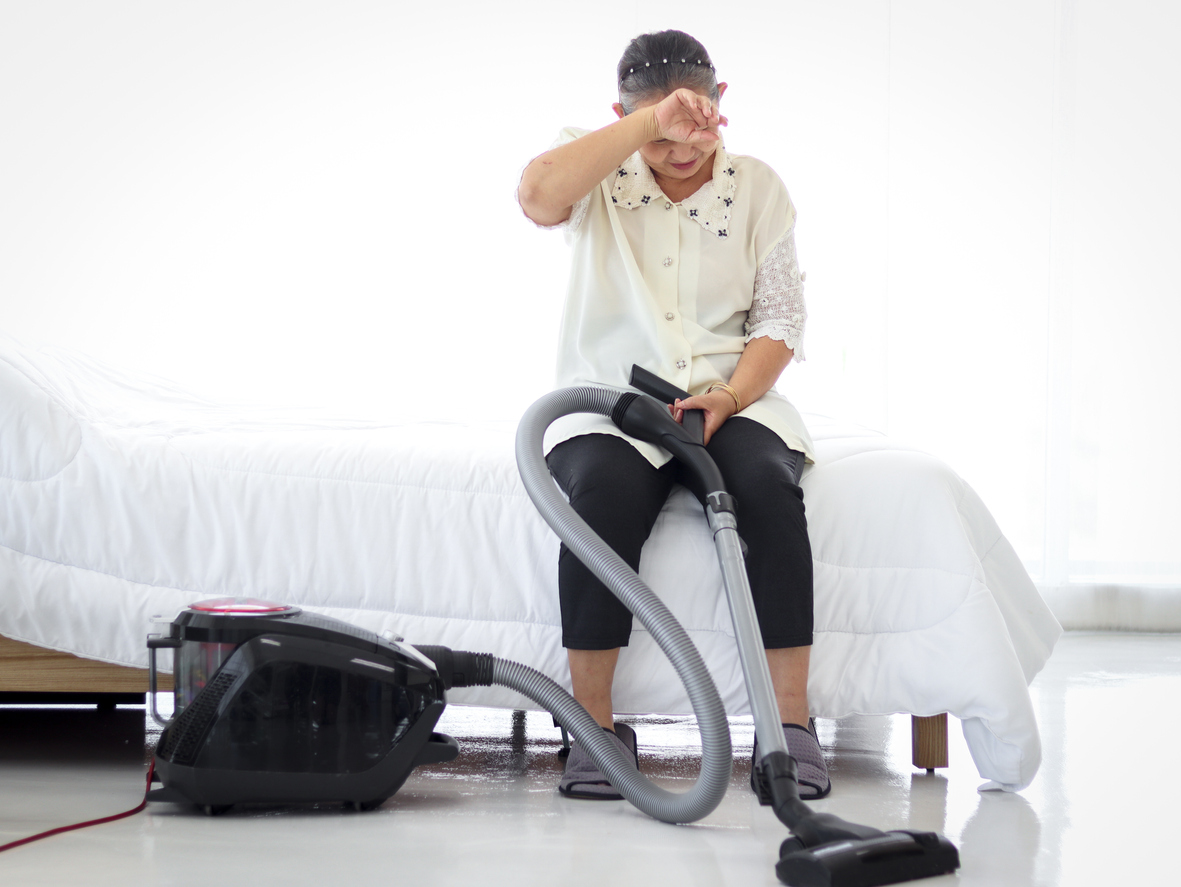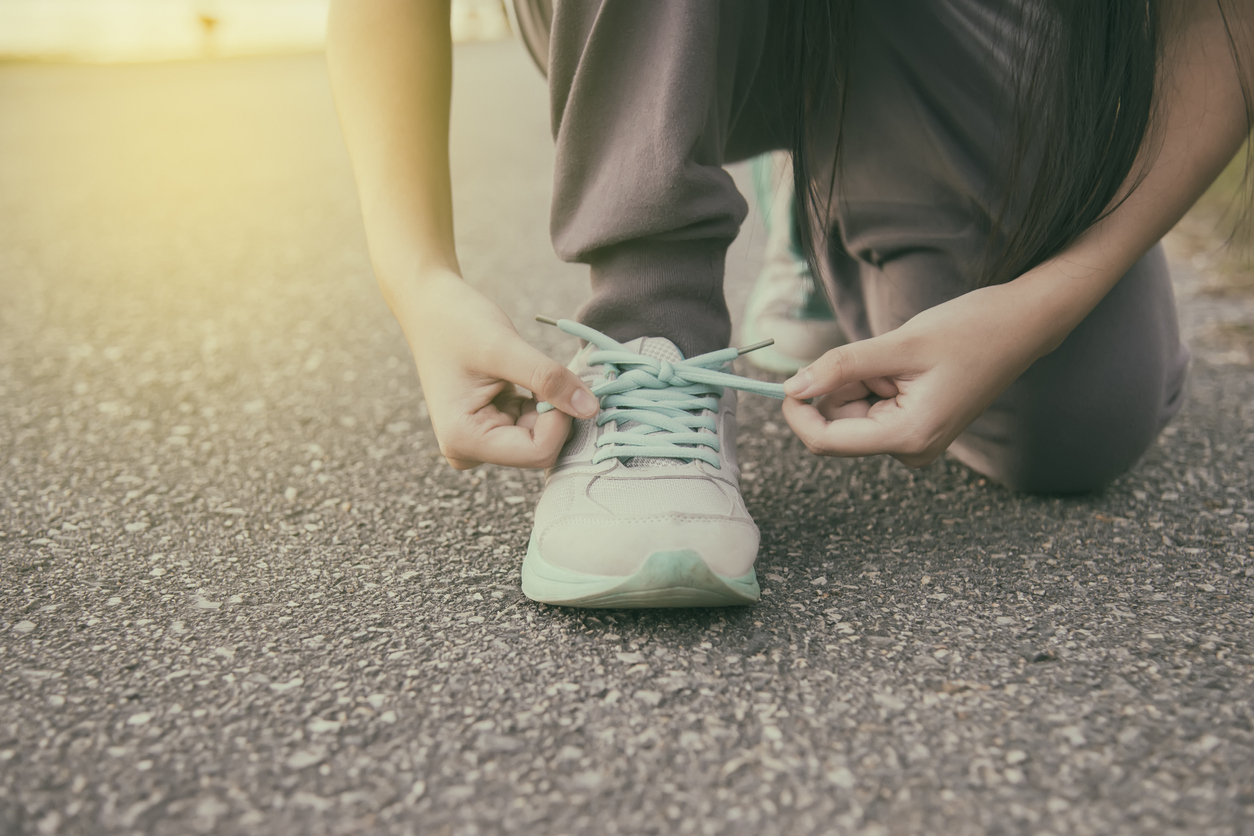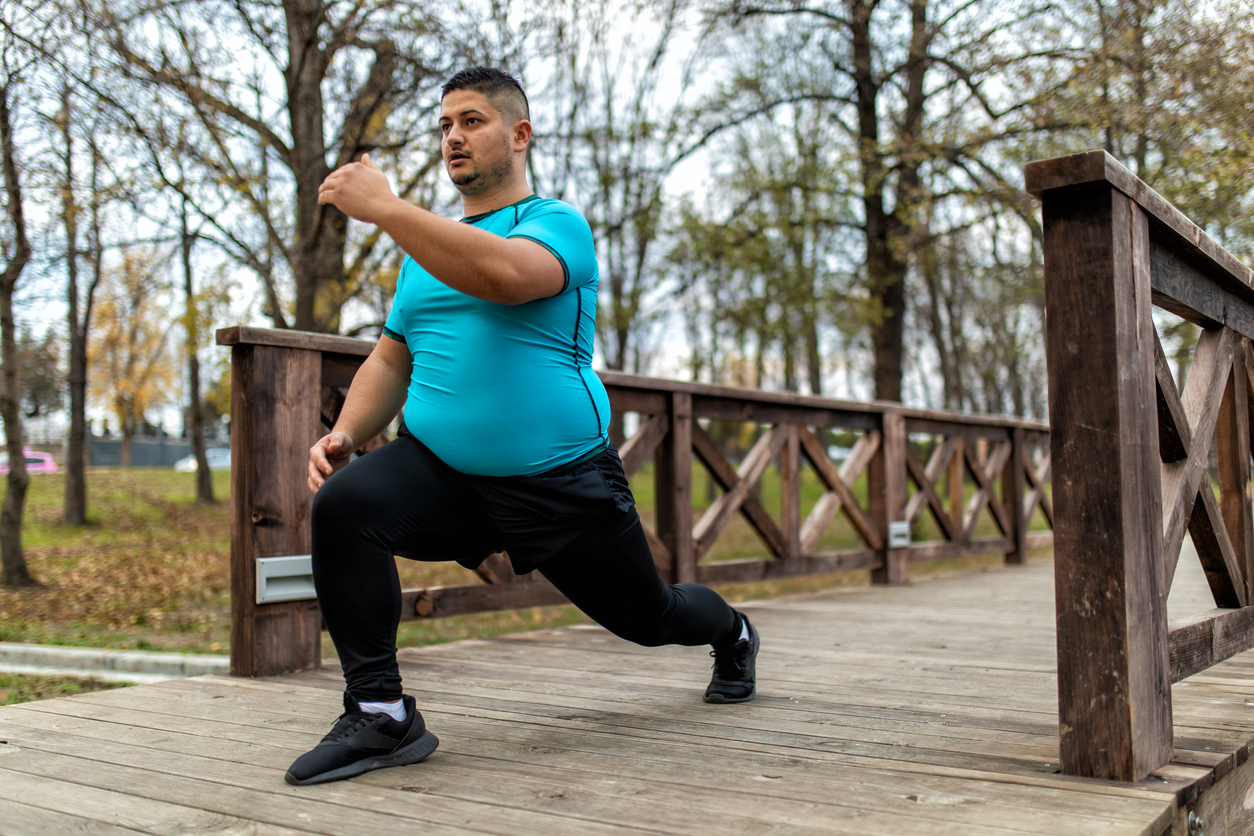Wellness
Physical Activities That Do Not Require Equipment

Chronic pain can negatively affect muscle strength, breathing patterns, energy levels, and mental health. Many individuals with chronic pain have restricted movements, limited range of motion, mobility issues, or balance concerns. This often results in reduced physical activity. Chronic pain also increases the risk of becoming unable to perform daily activities, such as shopping, household chores, and taking care of personal needs.
Physical activity improves health, such as reduced blood pressure, enhanced weight maintenance, improved sleep, and decreased risk of cardiovascular disease. It also plays an essential role in the treatment and prevention of certain chronic pain conditions. Examples of physical activities that can be done inside the home without equipment include, but are not limited to, the following:
- Indoor walking. Walking is one of the least expensive and easiest forms of physical activity. Steps can quickly add up just by walking around the house. Walking during television commercial breaks or while talking on the phone helps maintain physical health. Walking 30 minutes per day three to five times per week is recommended for health benefits.
- Yoga. Yoga unites mental and physical disciplines, allowing for the relaxation of stress and anxiety. Yoga may lessen stress, reduce blood pressure, lower the heart rate, as well as improve fitness and help manage chronic diseases. Chair yoga is a type of yoga developed for those who are unable to practice floor yoga on a mat. This type of yoga is typically used for individuals with chronic pain or mobility issues, although it can be practiced by anyone.
- Utilize household items. Cans of soup or a gallon of water can be used as weights. Running up and down stairs or jumping over a box can provide a cardio workout. Body-weight exercises, such as seated single-leg lifts, are also beneficial. Strength training promotes bone health while protecting and strengthening the joints. Turning on some music and dancing to the beat also promotes cardiovascular health.
- Videos or apps. When in-person physical activity classes are not an option, classes offered through video streaming services or free video-sharing websites are good alternatives. Local libraries may offer DVDs of recorded classes. Workout videos can also be found on the internet or purchased at several places.
- Household chores. Cooking, cleaning, and doing laundry are all examples of chores that double as physical activities. Chores are an excellent source of physical activity while checking off items from a to-do list.
- Stretching. Stretching can relieve stiffness and tension. Stretching can be beneficial for individuals with chronic pain for a variety of reasons, including increased range of motion, improved flexibility, and boosted blood flow. A regular stretching routine can help lower pain levels and prevent future pain by strengthening the muscles, which reduces the risk of strains.



















